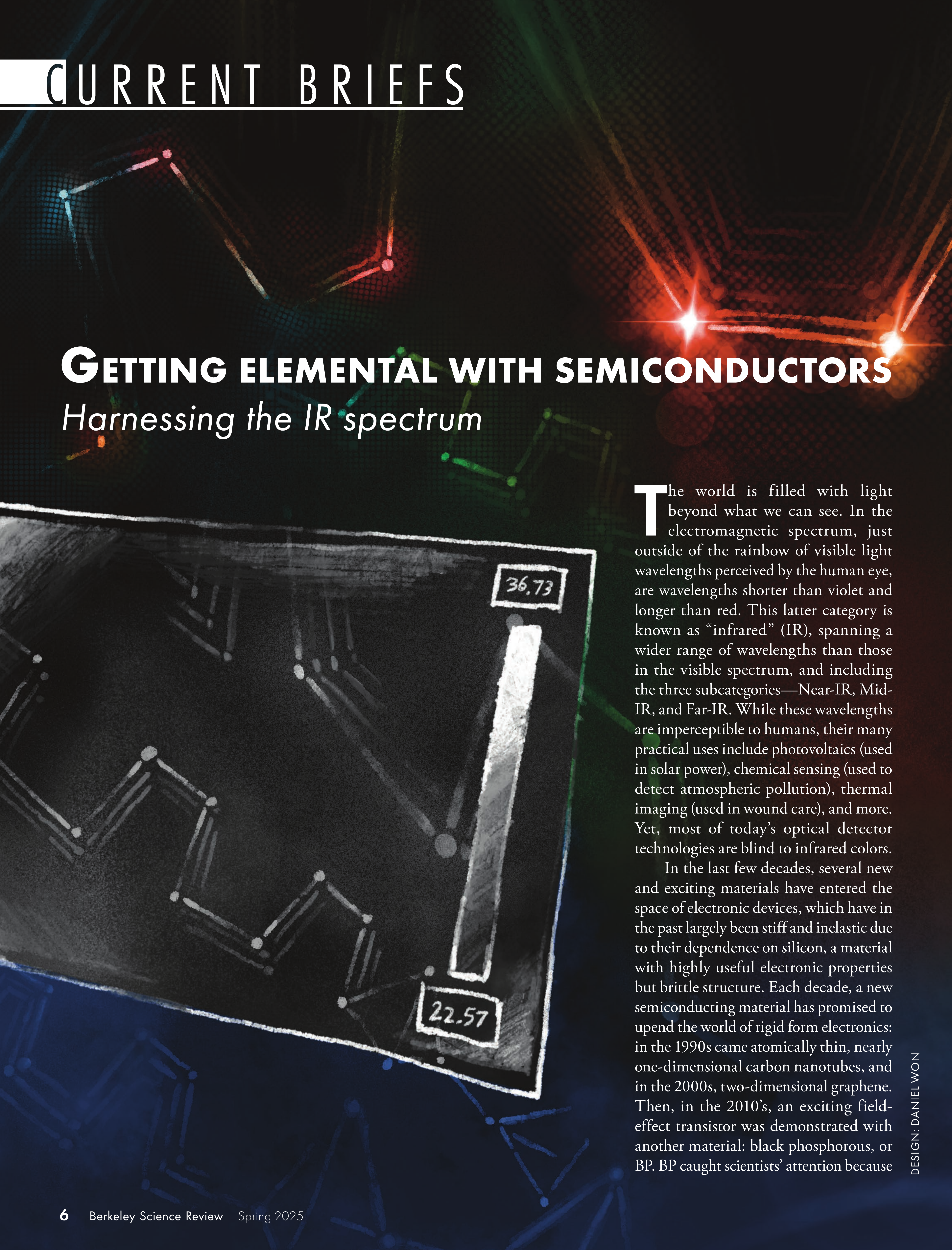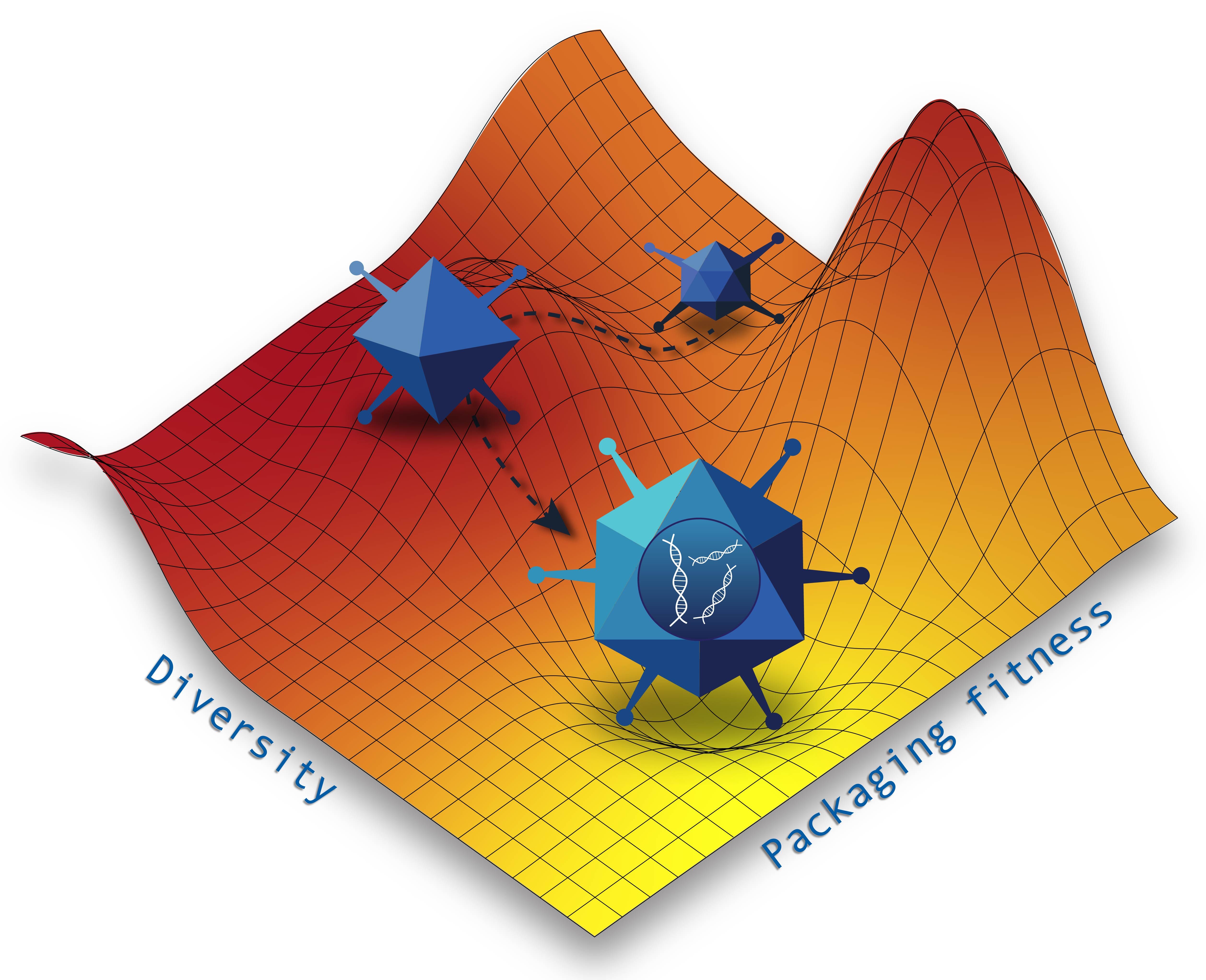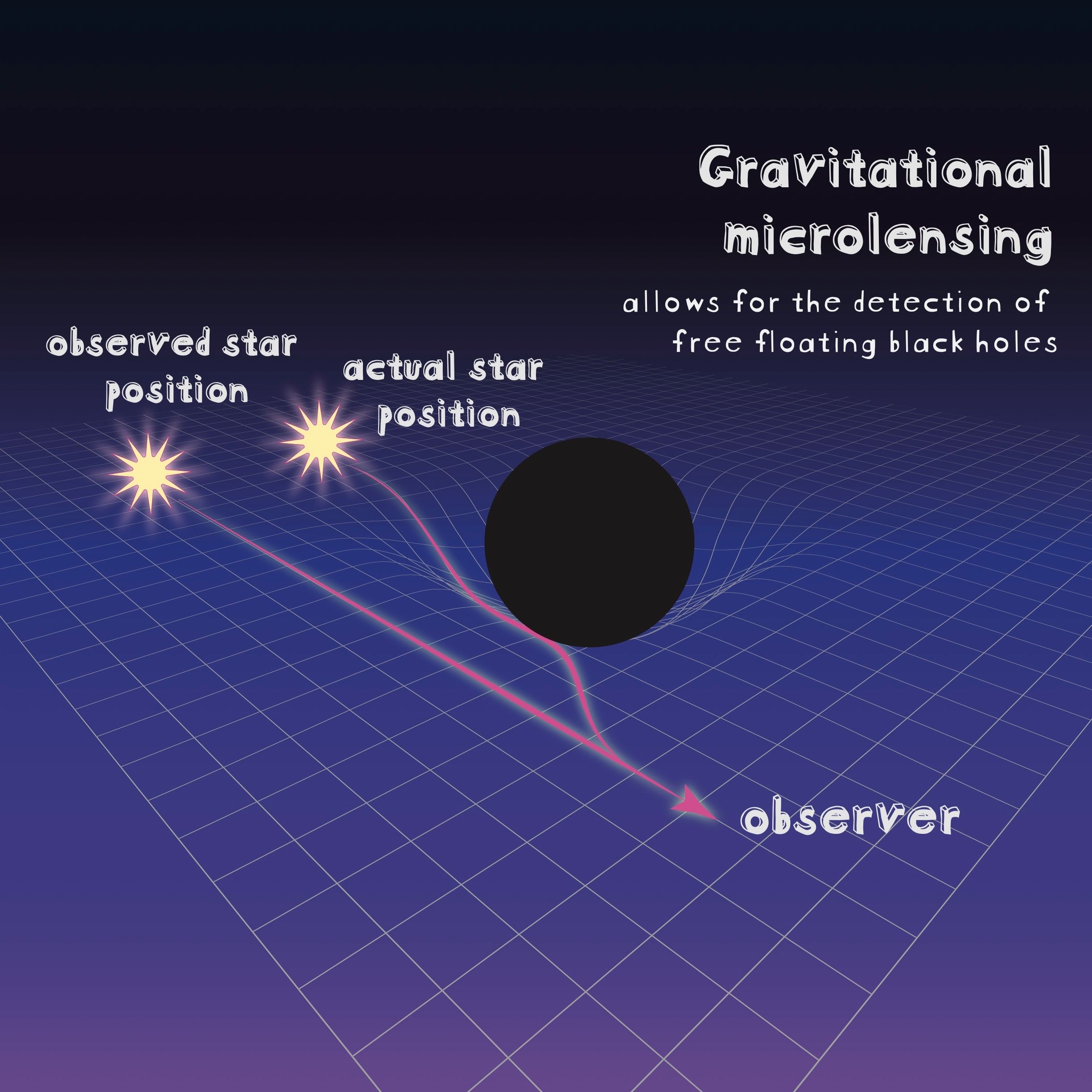Getting elemental with semiconductors
Harnessing the IR spectrum

The world is filled with light beyond what we can see. In the electromagnetic spectrum, just outside of the rainbow of visible light wavelengths perceived by the human eye, are wavelengths shorter than violet and longer than red. This latter category is known as “infrared” (IR), spanning a wider range of wavelengths than those in the visible spectrum, and including the three subcategories—Near-IR, Mid-IR, and Far-IR. While these wavelengths are imperceptible to humans, their many practical uses include photovoltaics (used in solar power), chemical sensing (used to detect atmospheric pollution), thermal imaging (used in wound care), and more. Yet, most of today’s optical detector technologies are blind to infrared colors.
In the last few decades, several new and exciting materials have entered the space of electronic devices, which have in the past largely been stiff and inelastic due to their dependence on silicon, a material with highly useful electronic properties but brittle structure. Each decade, a new semiconducting material has promised to upend the world of rigid form electronics: in the 1990s came atomically thin, nearly one-dimensional carbon nanotubes, and in the 2000s, two-dimensional graphene. Then, in the 2010’s, an exciting field-effect transistor was demonstrated with another material: black phosphorous, or BP. BP caught scientists’ attention because it has a direct bandgap which falls inside a range of infrared frequencies with few other complementary materials. Because of its direct bandgap, BP is inherently an efficient emitter and absorber of infrared light. Further, scientists realized that the exact value of its bandgap (and thus the frequency of complementary light) can be tuned up or down within the Near-IR and Mid-IR ranges by changing the number of layers of material.
Scientists in the Javey Lab in the Department of Electrical Engineering & Computer Sciences at UC Berkeley, including postdoctoral researcher Dr. Naoki Higashitarumizu, are working on how to wrangle this dynamic material to build optical emitters and detectors for the infrared range. The twofold challenge is to synthesize films of a scalable area and to do this for films of optical quality. Recently, as published in the journal Nano Letters, Dr. Higashitarumizu demonstrated BP synthesis using pulsed laser deposition of red phosphorus and phase conversion to BP using high pressure. At eight gigapascals, a pressure similar to that used to grow synthetic diamonds, and notably at room temperature, the material transitions from an amorphous to a polycrystalline structure. The specific apparatus used enabled the conversion of a BP film on the centimeter scale, a significant size compared to previous millimeter-scale films. The film was then verified to be optically active in the Mid-IR range using a technique called photoluminescence spectroscopy, which measures a material’s light emission upon illumination by a higher frequency laser. This centimeter-sized film represents a significant step towards practical fabrication of BP films.
Another method of interest for fabrication of BP films is called solution processing, which involves making an ink out of finely crushed BP crystals and depositing it on a substrate in liquid form. Unlike silicon, which has vastly different material properties when crushed due to the breaking of bonds, BP has an inherently layered structure with strong, covalently bonded sheets of material held together in a stack by labile intermolecular forces. Further, while BP is susceptible to oxidation in air, its structure limits the oxidation to a thin exterior shell. Relatively thick layers of BP have been shown to maintain optical performance after prolonged exposure to oxygen.
Overall, BP presents an exciting new direction in semiconductor devices. With advances in high-pressure fabrication and scalable solution processing, BP may someday fill the gap in efficient infrared optoelectronics, with broad-reaching applications in solar energy harvesting, environmental and biomedical sensing, and beyond.
Allotropes of phosphorus
Black phosphorus is just one of several forms, or allotropes, of the element phosphorus. White phosphorus oxidizes quickly and will spontaneously ignite in air around 120°F. This feature makes it very difficult to work with in the lab, but it is instead useful in fertilizer and weapons. It can be converted to red phosphorus, another allotrope, with heat in the absence of oxygen. Red phosphorus is less reactive but still potent, commonly found on the striking surface of matchboxes. It can be converted to black phosphorus with high pressure. Black phosphorus, the most stable allotrope, is a current research topic due to its light-emitting and sensing capabilities.
This article is part of the Spring 2025 issue.





